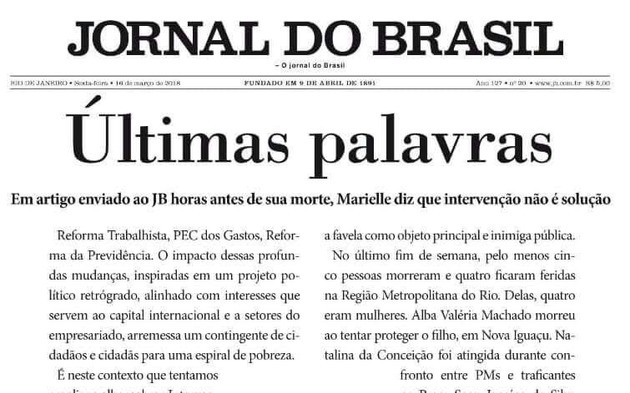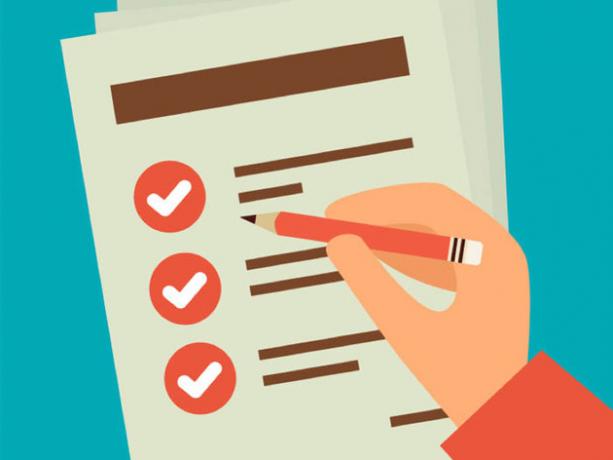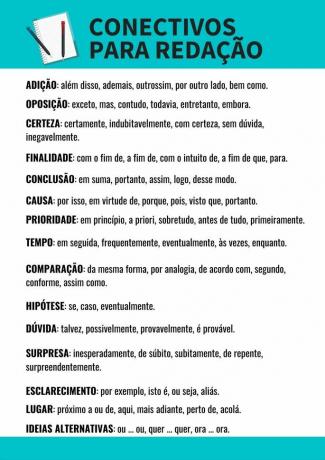To make a good editorial it is necessary to follow some steps, such as choosing the topic and also understanding the basic structure of these types of journalistic texts.
Remember that an editorial is a essay-argumentative text which is produced for the media like newspapers and magazines. Nowadays, with the advancement of the internet, we find this type of text in many places like blogs and social networks.

An important tip is to read some editorials to familiarize you with the most important features of this type of text, while at the same time you will understand its structure. This, without a doubt, will facilitate the production of the text.
Step by step to make a great editorial
Check below some essential steps for you to produce a good editorial, whether in a newspaper or a magazine.
1. Theme choice

First of all, we must choose the topic that we will address in the editorial. It is very common for newspaper editorials to focus on current affairs. For this, they also have a title, for example: "
Lava Jato and elections in Brazil".One way to wake up to this initial question is to be “attuned” to current events. For this, you can carry out a brief research on the topics and select some that interest you.
If the editorial is for a magazine, it will usually be signed by the magazine's staff or even the media director. In this case, the text will be directed to the reader and therefore, you can find expressions such as: dear reader, dear reader, etc.
In some cases, the authors sign the text, however their opinions are in line with those of the vehicle of communication and, therefore, the editorial generally reflects the opinion of the vehicle, thus taking its Name.
Unlike newspaper editorials, magazine editorials present the themes of the articles that will be covered in that week, month, bimester, etc.
As an example, we can think of a health magazine, where the author will quickly present the themes: organic products, physical exercises, recipes with low sugar content; etc.
Note that in both cases, editorials are short texts and written using simple language. This makes any type of reader can understand what was exposed.
2. text structure

After choosing the theme, we must understand where this text will be in the world. That is, if this editorial is from a monthly magazine, or if it is to be published weekly in a newspaper.
Regardless of the choice, we must follow the basic structure of this type of text: introduction, development and conclusion.
Introduction
In the introduction, we focus on the main ideas that will be developed in the editorial. In other words, here is the time to introduce the reader to the main themes that will be covered. This moment is very important to awaken in the reader the desire to finish reading your text.
Development
This is one of the most important parts of the text, in which we use argumentation to present the reader with our point of view on a given subject.
For this, we can research and carry out a survey on the main data related to the chosen subject.
That way, if the theme is “Christmas month”, you can research something about the history, some curiosities and traditions of that date.
Even though it is an argumentative text, it is better to use the third person, instead of the first. However, there are editorials signed by copywriters in which they use the first person.
In development, argumentation occurs through opinions, data and examples about what is intended to be addressed.
In the case of magazine editorials, in this part the editor will write about the main themes of the sections: nutrition, health and well-being, beauty, recipe tips, etc.
That is, it makes a general overview, a abstract, about what the reader will find there, inviting them to read each article.
Conclusion
Like any text, the editorial needs a conclusion that requires a little more creativity from the issuer. In this sense, we can suggest some alternatives for our reader. In addition, we can finish with a reflection and interesting data on the topic written.
The conclusion is a fundamental part of finishing off the ideas that were exposed. In the case of a newspaper editorial, the writer can propose a new solution. Or, it can end creatively and prompting your readers to think, for example, with a question.
At the end of a magazine editorial, the editor invites the reader to participate in the reading. That way, he can end the editorial with some kind message and still use the expression: happy reading!
3. Revision

The proofreading part is very important to make sure that our text is coherent and doesn't have errors of the cultured norm. Another key point of the review is to analyze the language that was chosen according to our target audience.
If we write an editorial for a magazine that is widely read by teenagers, the language can be more relaxed, creating a closer relationship with this audience.
Therefore, it is very important to get to know our readers, as this will facilitate the production of this text.
Read too:
- Editorial Text
- Journalistic Text
- Opinion article
- Essay-Argumentative Text
- Textual Genre Blog


